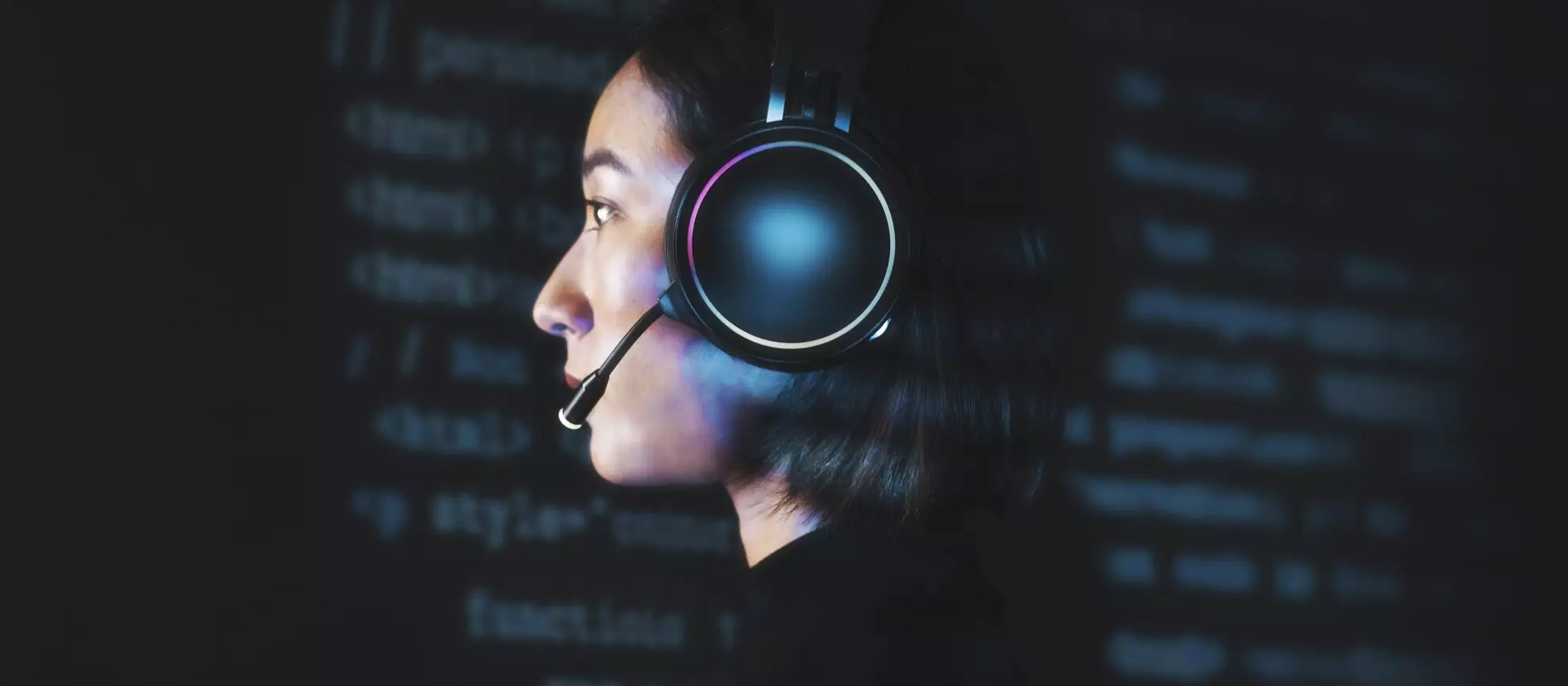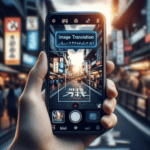
AI is transforming industries with its ability to create new efficiencies. With a wide range of tools available, careful selection is necessary to ensure alignment with the task at hand.
As AI adoption accelerates across industries, we must ensure that the chosen AI tool aligns with our task objectives. Misalignment can result in underutilization of resources, sub-optimal outcomes, and, in some cases, counterproductive results.
Designing a Pathway for Effective AI Tool Selection
The field of AI offers a broad range of tools capable of processing and analyzing different data types, including text, image, audio, and video. The selection of an AI tool is contingent upon a clear understanding of the task objective and the nature of the data at hand. This alignment ensures efficient utilization of AI capabilities and paves the way for successful outcomes.
- Understanding task objectives: Defining the task objective involves identifying the problem to solve, understanding the desired outcome, and outlining the key performance indicators.
- Recognizing data types: Different AI tools are designed to handle different data types. Text-based data is best handled by natural language processing (NLP) tools, images by computer vision algorithms, audio data by speech recognition and processing tools, and video data often requires a combination of computer vision and audio processing algorithms.
AI Tools for Translation
AI tools for translation tasks are designed to convert information from one language to another without losing the original meaning or context. From interpreting the nuanced content of complex research articles to translating the spoken words in a lengthy video, these tools employ advanced machine learning techniques to understand, interpret, and transform data across various formats and domains. These AI-powered tools interpret and convert information between languages, thereby breaking down communication barriers and facilitating global interactions.
Text Translation
Text translation involves converting the text of one language into another while preserving the original content and meaning. This process is typically performed by a human translator who has a deep understanding of both the source and target languages, along with their cultural nuances.

Application: Rapid content translation, Contextual and Cultural nuance understanding, Real-time communication, and Language learning chatbots.
AI-powered translation can process vast quantities of text much faster than human translators. This allows for the rapid translation of large amounts of content, which is particularly useful for businesses operating globally. Furthermore, advanced AI models like Transformer-based models (e.g., Google’s BERT, OpenAI’s GPT series) have started to better understand context, idiomatic expressions, and cultural nuances, resulting in more accurate and natural translations. Moreover, AI-powered real-time translation tools facilitate instant cross-language communication. This can be seen in features like Google’s “Interpreter Mode” or in various language translation apps. Additionally, AI-powered chatbots can simulate real-life conversations, allowing learners to practice anytime and anywhere. These chatbots can understand context, correct mistakes, and provide instant feedback.
🛠️ Tools: Google Translate, DeepL, DuoLingo chatbot feature, ChatGPT, Google Bard.
Image Translation
The translation of text in images is another domain that AI has been greatly improving. Two major tasks associated with text in images are Optical Character Recognition (OCR) and Neural Machine Translation (NMT).

Application: OCR, NMT.
OCR is the task of extracting text from images. With AI, this task has seen significant improvements. Advanced OCR systems now use machine learning models to accurately read text from a wide variety of images and even complex documents, including handwritten notes, damaged texts, and texts overlaid on complex backgrounds. Additionally, NMT technology translates text extracted from images into other languages. This is particularly useful in scenarios such as translating street signs or restaurant menus captured in images, which can be very helpful for travelers, for example.
🛠️ Tools:
- OCR: Docparser, Google Cloud Vision API, Tesseract.
- NMT: Google Translate, Yandex Translate, DeepL, Microsoft CoPilot.
Audio Translation
One way to translate spoken language is through speech recognition, which converts the spoken words into text. Then, machine translation technologies can be used to translate the transcribed text into the target language. These tools are able to provide continuous, real-time translation, making them useful for tasks such as live interpretation of speeches, translation of audio content in foreign languages, and facilitating multilingual conversations.

Application: Real-time translation, Customization, Pronunciation support.
With the help of AI, we can now have real-time speech translation services. These are incredibly useful in diverse settings, such as international conferences, global businesses, tourism, and more. This breakthrough is primarily due to the advancements in Automatic Speech Recognition (ASR), which converts spoken language into written text, and Natural Language Processing (NLP), which helps in understanding and translating the language. Furthermore, AI systems can be trained to recognize and adapt to the speaker’s style, accent, and vocabulary, leading to increasingly personalized translation experiences. This helps in overcoming the challenges of accents, dialects, and language variations. Additionally, AI algorithms can analyze a student’s pronunciation and provide feedback on how to improve. This technology can identify specific sounds, accents, stress, and intonation issues, offering corrective suggestions. For example, Rosetta Stone uses TruAccent speech-recognition technology to provide feedback on pronunciation.
🛠️ Tools: Speechify, FluentU, Pimsleur.
Visual Translation
AI translation tools for visual data use advanced techniques such as computer vision and image recognition to identify and understand the content within images or videos, then apply natural language processing to translate these visual elements into textual descriptions or other visual representations. This allows for tasks like automatically generating captions for images, converting visual signals into written or spoken language, and even translating between different visual elements (like sketches to digital images).

Application: Video indexing and Metadata, Transcription and Captioning, Visual search, Semantic understanding.
AI-powered technologies can analyze video content and accurately identify and tag objects, scenes, people, and emotions depicted in the video. This process significantly improves video indexing, making it easier for users to search and find the exact content they need. In addition to identifying objects, scenes, people, and emotions, the AI technology also transcribes the audio present in the video, generating captions that are both accurate and reliable. This feature enables specific word searches within the video, making it possible for users to find the exact moment in the video where a particular word or phrase was spoken. Moreover, AI-powered visual search enables users to find videos that contain specific elements. The technology can identify images and other visual elements in the video, allowing users to search for videos based on specific keywords or phrases. This feature is particularly useful for those who need to find specific video content for research, analysis, or other purposes.
🛠️ Tools: Vidooly, VidIQ, Rev, Descript, Google Lens, Cludo, Pixolution Visual Search, Vid.ai, Google Cloud Video Intelligence.